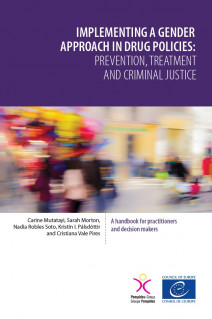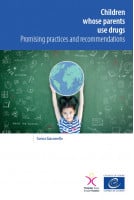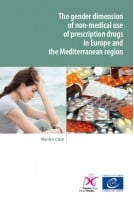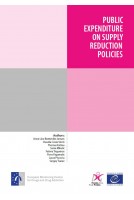Integrating gender into all aspects of drug policy, including the criminal justice system
In its efforts to place human rights at the heart of drug policies, the Pompidou Group has decided to pursue further the work already undertaken towards integrating a gender dimension into drug policy by developing a handbook covering different drug policy areas.
It seeks to promote gender sensitivity in drug responses as essential leverage to reduce health inequities and to respect human rights, especially the rights to diversity and dignity for women, men and non-binary people.
The publication begins with an overview of epidemiological evidence on gender-based differences in drug use and related consequences.
The handbook aims at providing policy makers and practitioners in the drug field with evidence-based and operational recommendations to develop and implement policies and interventions that better integrate specific gender needs (gender-sensitive approach) and support more gender equity (gender-transformative approach) for people concerned with the provision of drug-related prevention and care (risk and harm reduction, treatment, reintegration), including in the criminal justice system.
Faithful to the Pompidou Group’s objective of ensuring a link between research, policy and practice, this handbook first explores theoretical views about gender and drug policy, draws on available scientific knowledge and presents recommendations and examples for practice. It is based on extensive debate and a consensus of experts from 13 countries and various professional backgrounds, for cross-cultural relevance.
Preface
Testimony
Introduction - Improving gender sensitivity within drug policy
Chapter 1 - Current evidence on the gender dimension of substance use, related harms and responses
Chapter 2 - Guidance for policy makers
Chapter 3 - Guidance for practitioners
Conclusions and recommendations: towards gender mainstreaming in drug responses
Glossary
References
Appendix 1 - Examples of prevention, criminal justice and treatment and intervention projects
Appendix 2 - List of experts









